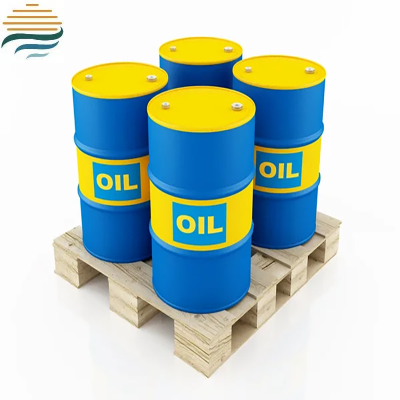Transformer oil selection for different industries: personalized solutions tailored to meet the needs of different scenarios
The application scenarios of transformer oil cover multiple fields such as power, industry, and new energy. The operating conditions of equipment in different industries vary greatly, and it is necessary to choose the appropriate oil type based on specific needs to ensure efficient and stable operation of the equipment.
1. Power Industry: Oil Product Selection for High Voltage and Ultra High Voltage Scenarios
Ultra high voltage transmission projects, such as ± 800kV ultra-high voltage direct current transmission projects, require the selection of synthetic ester transformer oil or highly refined mineral oil (such as Type II) with excellent oxidation stability due to high load and temperature rise during transformer operation. Taking the testing data from State Grid Gansu Electric Power Research Institute as an example, the oil used for ultra-high voltage converter transformers must meet the requirements of acid value ≤ 0.2mgKOH/g after oxidation, oil sludge content ≤ 0.1%, and dielectric loss factor (90 ℃) ≤ 0.005 to ensure stable oil performance during long-term operation.
Urban distribution network: Urban substations are mostly located in densely populated areas with high requirements for fire safety. Therefore, fire-resistant transformer oil with a flash point ≥ 160 ℃, such as natural ester transformer oil (with a biodegradation rate ≥ 95%), is preferred. Taking a substation in a certain city in Shenzhen as an example, after using natural ester transformer oil, the fire rating of the equipment has been raised to UL 94 V-0 level. Even if there is a leak, it will not cause pollution to the soil and water sources, which meets the requirements of urban environmental protection.
2. New Energy Industry: Special Requirements for Wind and Photovoltaic Scenarios
Offshore wind power projects: The offshore environment is high in humidity and salt spray, and transformer oil needs to have excellent corrosion resistance and low-temperature fluidity. It is recommended to choose synthetic ester transformer oil (such as the 110kV synthetic ester oil developed by Guangdong Power Grid), which has a flash point greater than 300 ℃, a salt spray corrosion resistance level of up to level 9 in GB/T 10125-2021, and a pour point ≤ -40 ℃, and can adapt to low temperature environments in winter at sea. According to data from the China Renewable Energy Society, the use of synthetic ester oil in offshore wind power transformers has extended the equipment maintenance cycle from 1 year to 3 years and reduced operation and maintenance costs by 25%.
Photovoltaic power station: The transformers used in photovoltaic inverters are mostly small dry-type transformers, but the step-up transformers in centralized photovoltaic power stations still require the use of insulating oil. This type of transformer operates with large load fluctuations (full load during the day, low load at night), and requires the selection of mineral oil with good oxidation stability (such as Type I). At the same time, it is required that the volume resistivity of the oil (20 ℃) be ≥ 1 × 10 ¹⁴Ω· cm to ensure that the insulation performance does not decrease under frequent load changes. Taking a 1GW photovoltaic power station in Xinjiang as an example, after using mineral oil that meets the IEC 60296 standard, the failure rate of transformers decreased from 0.8% to 0.2%.
3. Industrial sector: adaptation solutions for heavy industry and special environments
Metallurgical industry: Transformers in steel and non-ferrous metal smelting enterprises are affected by high temperature environments during operation (workshop temperatures can reach over 40 ℃), and it is necessary to choose transformer oil with good high-temperature stability, such as hydrogenated refined mineral oil (sulfur content ≤ 0.1%). This type of oil can maintain a kinematic viscosity (40 ℃) of ≤ 12mm ²/s at 60 ℃, ensuring heat dissipation efficiency. Taking Baosteel's steelmaking plant as an example, after using hydrogenated refined mineral oil, the temperature rise of transformers decreased by 5 ℃ and the equipment life was extended by 10 years.
Mining industry: Mining transformers are mostly located in the wild, with high environmental dust and large temperature differences. Therefore, it is necessary to choose transformer oil with strong anti pollution ability and good low-temperature fluidity. It is recommended to choose Type II mineral oil (pour point ≤ -30 ℃), combined with an efficient oil filtration system (filtration accuracy ≤ 1 μ m), which can effectively remove dust particles from the oil. Taking a gold mine in Australia as an example, after adopting this scheme, the maintenance cycle of transformers has been extended from 6 months to 18 months, and the oil filtration cost has been reduced by 40%.





